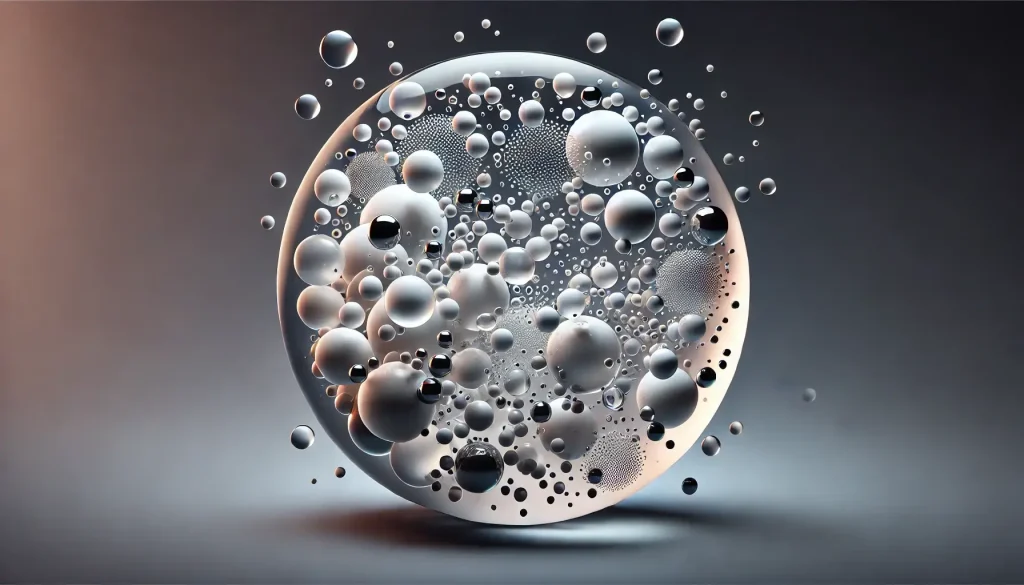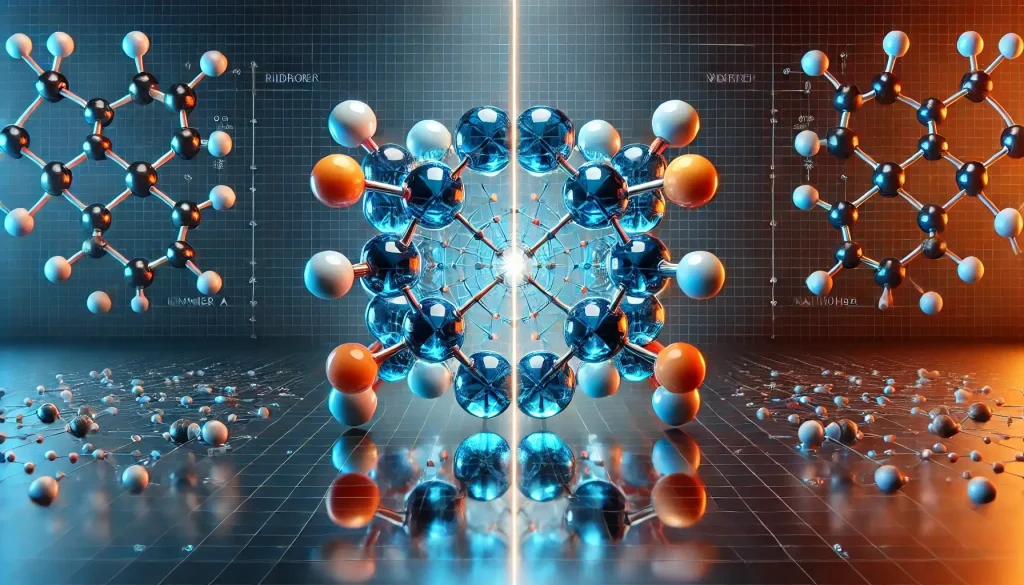Drugs acting on Central Nervous System U-4 Notes
Buy Premium
Get The High-Quality Pdf Notes on App
Drugs acting on Central Nervous System
Sedatives and Hypnotics
- Sedatives and Hypnotics
- SAR of Benzodiazepines (BZDs)
- SAR of Barbiturates
Various Benzodiazepines
- Chlordiazepoxide
- Diazepam
- Oxazepam
- Clorazepate Dipotassium
- Lorazepam
- Alprazolam
- Zolpidem (non-benzodiazepine hypnotic)
Various Barbiturates
- Barbital (Veronal)*
- Phenobarbital
- Mephobarbital
- Amobarbital
- Butabarbital
- Pentobarbital
- Secobarbital
Amides & Imides
- Glutethimide
Alcohols & Their Carbamate Derivatives
- Meprobamate
- Ethchlorvynol
Aldehydes & Derivatives
- Triclofos Sodium
- Paraldehyde
Antipsychotics
- Antipsychotic Agents
Various Phenothiazines Drugs
- Promazine Hydrochloride
- Chlorpromazine Hydrochloride
- Triflupromazine
- Thioridazine Hydrochloride
- Piperacetazine Hydrochloride
- Prochlorperazine Maleate
- Trifluoperazine Hydrochloride
Various Ring Analogues of Phenothiazines
- Chlorprothixene
- Thiothixene
- Loxapine Succinate
- Clozapine
Various Fluorobutyrophenones
- Haloperidol
- Droperidol
- Risperidone
- Molindone Hydrochloride
- Sulpiride
Anticonvulsants
- Anticonvulsants
Various Barbiturates (Anticonvulsant Use)
- Phenobarbitone (Phenobarbital)
- Metharbital
Various Hydantoins
- Phenytoin*
- Mephenytoin
- Ethotoin
Various Oxazolidine Diones
- Trimethadione
- Paramethadione
Various Succinimides
- Ethosuximide*
- Phensuximide
- Methsuximide
Various Urea & Monoacylureas
- Phenacemide
- Carbamazepine*
- Clonazepam
Various Miscellaneous Antiepileptics
- Primidone
- Valproic Acid
- Gabapentin
- Felbamate
Other Units of Medicinal Chemistry I
Medicinal Chemistry I
Other Subjects of B Pharmacy 4th Semester
Topic wise notes of:
Pharmacology I
- Introduction to Pharmacology & Pharmacokinetics
- Pharmacodynamics & Drug Interaction
- Pharmacology of drugs acting on peripheral nervous system
- Pharmacology of drugs acting on central nervous system-1
- Psychotropic Drugs
Topic wise notes of:
Physical Pharmaceutics II
- Colloidal dispersions
- Rheology & Deformation of solids
- Coarse dispersion
- Micromeretics
- Drug stability
Topic wise notes of:
Pharmacognosy & Phytochemistry I
- Pharmacognosy: Sources, Classification, and Quality Control
- Conservation and Cultivation of Medicinal Plants
- Plant tissue culture
- Role of Pharmacognosy and Secondary Metabolites
- Drugs of Natural Origin: Plant, Marine, and Primary Metabolites
Drugs Acting on the Central Nervous System – Summary
Unit IV focuses on the pharmacology and medicinal chemistry of drugs acting on the central nervous system (CNS), with an emphasis on sedatives, hypnotics, antipsychotics, and anticonvulsants. It begins with sedatives and hypnotics, particularly benzodiazepines such as diazepam, lorazepam, and zolpidem. The Structure-Activity Relationship (SAR) of benzodiazepines is discussed to explain how structural variations affect their potency and activity.
It also covers barbiturates like phenobarbital and secobarbital, detailing their SAR and clinical use in inducing sedation and sleep. Additional CNS depressants include amides, imides, alcohol derivatives, and aldehyde-based agents like glutethimide, meprobamate, and paraldehyde.
In the antipsychotic category, the unit explores phenothiazines (e.g., chlorpromazine), their SAR, and analogues such as chlorprothixene, haloperidol, risperidone, and clozapine, which are used to manage schizophrenia and other psychotic disorders.
Lastly, the unit covers anticonvulsants, including their SAR and mechanism of action. Drug classes include barbiturates, hydantoins (phenytoin), oxazolidine diones, succinimides, and ureas. Newer agents like valproic acid, gabapentin, clonazepam, and carbamazepine are also discussed. This unit provides an integrated understanding of CNS drug classes, mechanisms, and chemical properties essential for therapeutic application.
Overall, this unit gives a thorough understanding of cholinergic pharmacology and its clinical applications.
At FirstHope, we provide BPharm notes that are topic-wise, easy to understand, and designed strictly as per the AKTU and Other Universities, hence designed according to PCI syllabus.
Thank you for reading from Firsthope's notes, don't forget to check YouTube videos!




